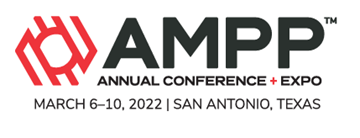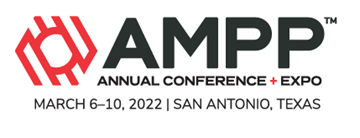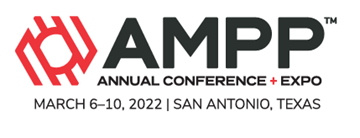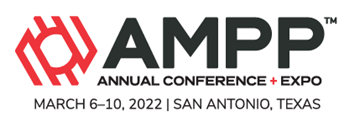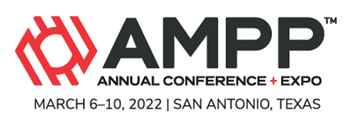Search
Online Conference Paper
View as
Sort by
Display
per page
Development of Eco-friendly Chromium Electrodeposit for Corrosion Resistance in Chloride-containing Environment
Product Number:
51323-19027-SG
Publication Date:
2023
$20.00
Development Of Fes Scale Control Technology Using Polymeric Dispersants In Sour Environment
Product Number:
51322-17630-SG
Publication Date:
2022
$20.00
Development Of For Multifunctional (Pit Detection + ER) Corrosion Monitoring Probe For Oil And Gas Internal Pipelines
Product Number:
51322-17820-SG
Publication Date:
2022
$20.00
Development of High Strength grade and Cost Effective Super Martensitic Stainless Steel Solution for high CO2/H2S environment
Product Number:
51320-14715-SG
Publication Date:
2020
$20.00
Development of High Strength Material with 140KSI SMYS for Sour Service
Product Number:
51324-20720-SG
Publication Date:
2024
$40.00
Development Of High Velocity Oxygen Fuel (HVOF) Corrosion Resistant Coatings; A Comparison Between Novel High Entropy Alloy (HEA) And Conventional Cermet Coatings For Geothermal Applications
Product Number:
51322-17675-SG
Publication Date:
2022
$20.00
Development of Inorganic Scale Inhibitors for Ultrahigh-Temperatures Geothermal and HPHT Applications
Product Number:
51324-20727-SG
Publication Date:
2024
$40.00
Development of Iron Sulfide Scale Inhibitor For Ultra-Tight Sandstone
Product Number:
51322-17896-SG
Publication Date:
2022
$20.00
Development Of Methodologies For Continuous And Batch Inhibitor Film Persistency Investigation In The Laboratory
Product Number:
51322-18056-SG
Publication Date:
2022
$20.00
Development of Molecular Probe for Iron Reducing and Thiosulfate Reducing Bacteria
Product Number:
51324-20885-SG
Publication Date:
2024
$40.00
Development Of Multilayer Coating Systems For Self-Healing Protection And Corrosion Mitigation In The Atmospheric Zone Of Offshore Wind Turbines.
Product Number:
51322-17691-SG
Publication Date:
2022
$20.00
Development of new coating for PEMFC’s bipolar plate: Role of oxygen on corrosion properties for TiOxNy coating
Product Number:
51323-19532-SG
Publication Date:
2023
$20.00


